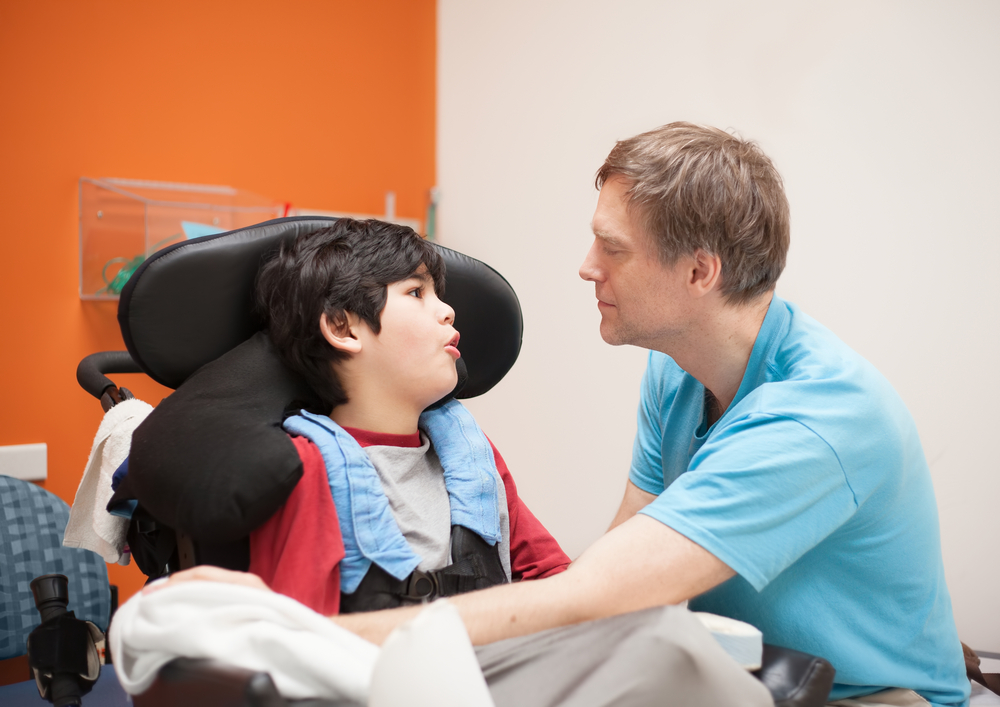Cerebral Palsy is a medical condition in which the brain is damaged and causes trouble controlling the movements of the body. Some people can also have trouble with thinking, but many can think well. It is their body movements they have problems with, not their mind. There is no cure for Cerebral Palsy.
Who can get Cerebral Palsy?
Doctors can usually tell if a kid has CP by the time he or she is 18 months old, sometimes much earlier. However, no one knows for certain how kids get cerebral palsy.
- For most kids with CP the problem in the brain happens before they are born.
- Sometimes it can happen if the baby is born way too early (premature) or is very sick after birth.
- Sometimes it can happen if a baby has a head injury in the first year or so after birth.


